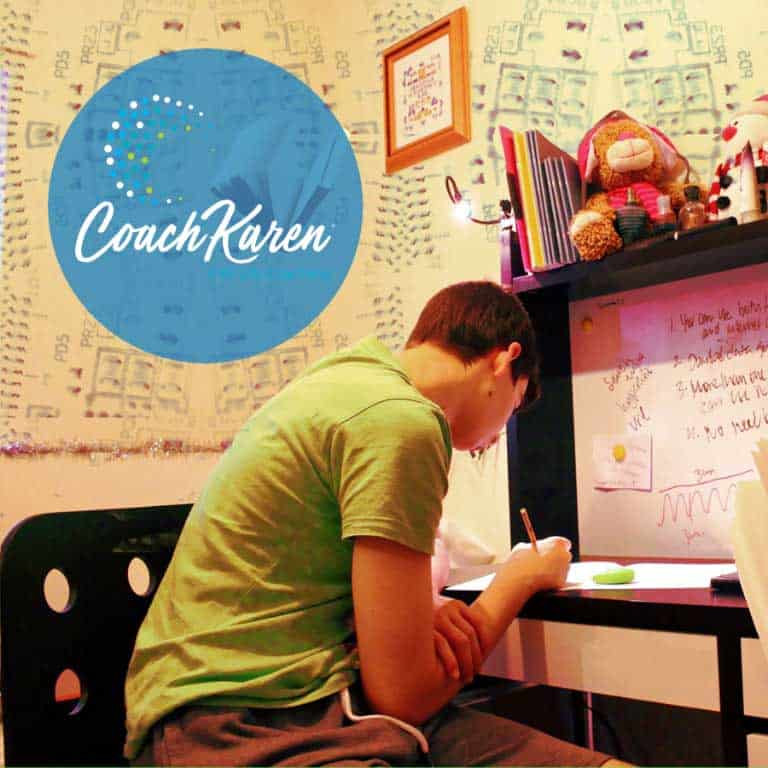As a Life Coach, helping others succeed in college is one of my passions.
Knowing what may prevent them from succeeding is half the battle.
Here’s a great article from College@Home Blog.
“Give it the ol’ college try.”
We’ve all heard it. Whether from a coach, a parent or other authority figure, the phrase is often used as encouragement when one is faced with a seemingly insurmountable task. It instructs us to pull ourselves up by the bootstraps and do our best, even in the face of possible, or even likely, defeat. Lately, the phrase seems all too apt as post-secondary students worldwide are dropping out of school at alarming rates. In fact, a recent study found that one in four freshman in the U.S. do not complete their first year of school, despite giving college a try.
It’s possible that high school students simply do not have a realistic idea of what college is actually like. Although 80% of students graduating high school think they are ready for college once they have their diplomas, the reality does not reflect this confidence. If students base their visions of college on the pop culture representation in movies like Van Wilder or Old School, they are in for a shock when their first week of classes results in the expectation that they will complete two personal essays, an analysis of the role abolitionists played in the Civil War and 140 pages of background reading over the weekend.
Highly motivated individuals are able to navigate the initial adjustment to college by tweaking their study habits. But many are not up to this challenge. This is not solely an American phenomenon, either; studies suggest that up to half of all college students drop out of college for various reasons before earning a degree. To put it in perspective, China has a 55.8 percent attainment rate, which measures the percentage of students who complete their degrees, compared to Japan’s 53.7 percent; New Zealand’s 47.3 percent; Ireland’s 43.9 percent; and America’s 40 percent.
Of course, it’s possible that many of these students simply don’t see the point of staying in college. With a record 50 percent of young adults unemployed or underemployed (meaning they either have part-time jobs or jobs for which they are overqualified), more American college graduates are living at home with their parents after school than at any time since 1950.
However, despite such discouraging job statistics, it would be unfair to blame the job market for the ill preparedness displayed by many high school graduates. Consider the following:
- – At the time of graduation, nine in ten American high school graduates cannot identify Afghanistan on a map of Asia
- – Three in ten cannot find China—the biggest country in the world—on a globe
- – Roughly half cannot find New York state on a U.S. map
As a result of these and other findings, more than 2.2 million college freshman must take remedial courses that teach high school material during their first year in college in order to catch up with their peers. Taxpayers shell out $5.6 billion for these remedial courses. To put that figure into perspective, if differently allocated, that money could pay for 175,000 students to attend four years of college.
High school achievement aside, some people argue that the point of college is for students to expand their social and mental horizons rather than to scale new academic heights. Still, while strong arguments can be made for the value of experience over formal education, the bachelor’s degree has become the new high school diploma in many professional circles. Even if students don’t end up pursuing a career in the same field as their major, completing a degree signals to prospective employers that students are hard workers who can finish their commitments.
Students who are currently struggling with school should know that there are many resources available, from reaching out to on-campus advisors, joining study groups and taking advantage of technology to help them study more efficiently through online classes. College is hard work, despite its sometimes-hazy portrayal in pop culture. But it doesn’t have to be impossible, provided students prepare themselves socially and academically for the challenge.




